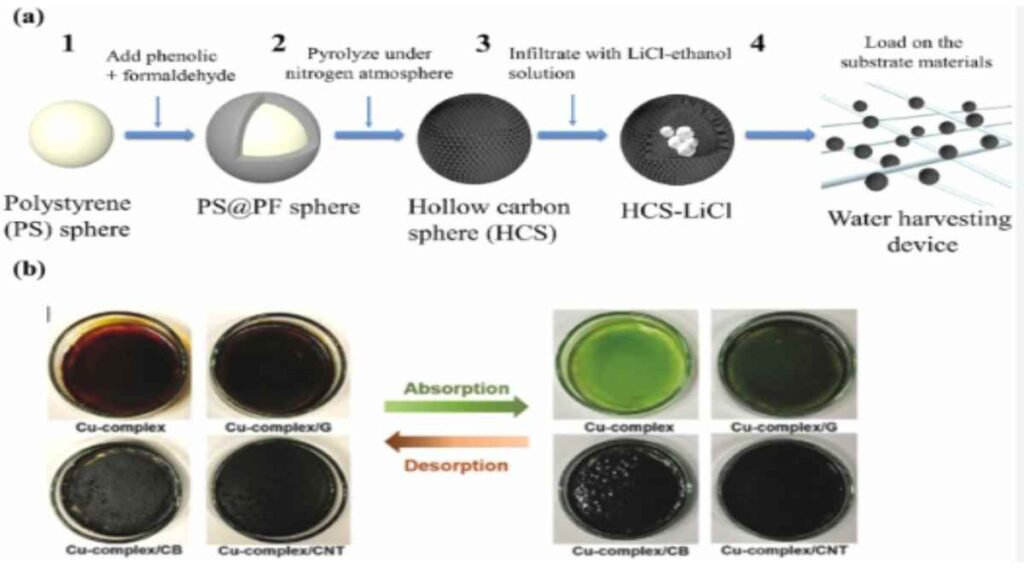The New York Times crossword puzzles often challenge solvers with unique and thought-provoking clues. One such clue that has intrigued many is “Liquid Absorbing Substances NYT.” This article explores the possible answers to this crossword clue, the science behind liquid-absorbing substances, their uses, benefits, and potential drawbacks.
Understanding Liquid Absorbing Substances in Crosswords
Common Answers to the Crossword Clue
Crossword clues related to liquid absorption typically lead to answers such as:
- Sponges
- Towels
- Absorbents
- Diapers
- Cotton These words are commonly associated with materials that soak up liquids effectively.
How Crossword Clues Work
The New York Times crossword follows specific patterns and word associations. When solving a clue like “Liquid Absorbing Substances,” it helps to consider synonyms, word length, and common phrases used in daily life.
The Science Behind Liquid Absorbing Materials
What Makes a Material Absorbent?
Absorbent materials have a porous structure, which allows them to retain and trap liquid within their fibers or pores. The absorption capacity depends on:
- Porosity: The number of tiny spaces in the material.
- Capillary Action: The ability of liquid to move through small spaces.
- Hydrophilic Properties: The material’s ability to attract water molecules.
Types of Liquid Absorbing Substances
- Natural Absorbents
- Cotton
- Wool
- Cellulose
- Synthetic Absorbents
- Microfiber
- Polyacrylate gels
- Superabsorbent polymers (SAP)
Everyday Uses of Liquid Absorbing Substances
Household Applications
- Paper towels and napkins for quick clean-ups
- Sponges and mops for floor cleaning
- Absorbent mats and carpets to prevent spills
Industrial and Medical Uses
- Diapers and sanitary products for personal hygiene
- Oil spill absorbents for environmental cleanup
- Medical gauze and bandages for wound care
Benefits of Liquid Absorbing Substances
- Prevents spills and leaks
- Enhances hygiene and cleanliness
- Reduces water waste
- Improves industrial and medical efficiency
Side Effects and Environmental Concerns
Potential Drawbacks
- Non-biodegradable materials contribute to waste
- Chemical absorbents can pose health risks
- Overuse can lead to depletion of natural resources
Eco-Friendly Alternatives
- Bamboo-based absorbents
- Biodegradable sponges
- Recycled paper products
Customer Reviews on Absorbent Products
Positive Experiences
- “Microfiber towels dry quickly and absorb a lot of water!” – Sarah M.
- “Diapers with superabsorbent polymers are life-changing for parents.” – James K.
Negative Experiences
- “Some sponges get moldy too fast.” – Emma L.
- “Synthetic absorbents aren’t always eco-friendly.” – Daniel P.
FAQs
What are the most absorbent materials?
Superabsorbent polymers, cotton, and microfiber are among the most effective liquid-absorbing materials.
Are all absorbent materials biodegradable?
No, some synthetic absorbents are not biodegradable, but natural options like cotton and wool are.
Can liquid-absorbing substances be reused?
Yes, materials like microfiber cloths and sponges can be washed and reused multiple times.
Conclusion
Liquid-absorbing substances play a crucial role in our daily lives, from cleaning spills to medical applications. Whether solving the NYT crossword clue or looking for practical applications, understanding these materials helps in making informed choices. Opt for eco-friendly alternatives whenever possible to reduce environmental impact.
